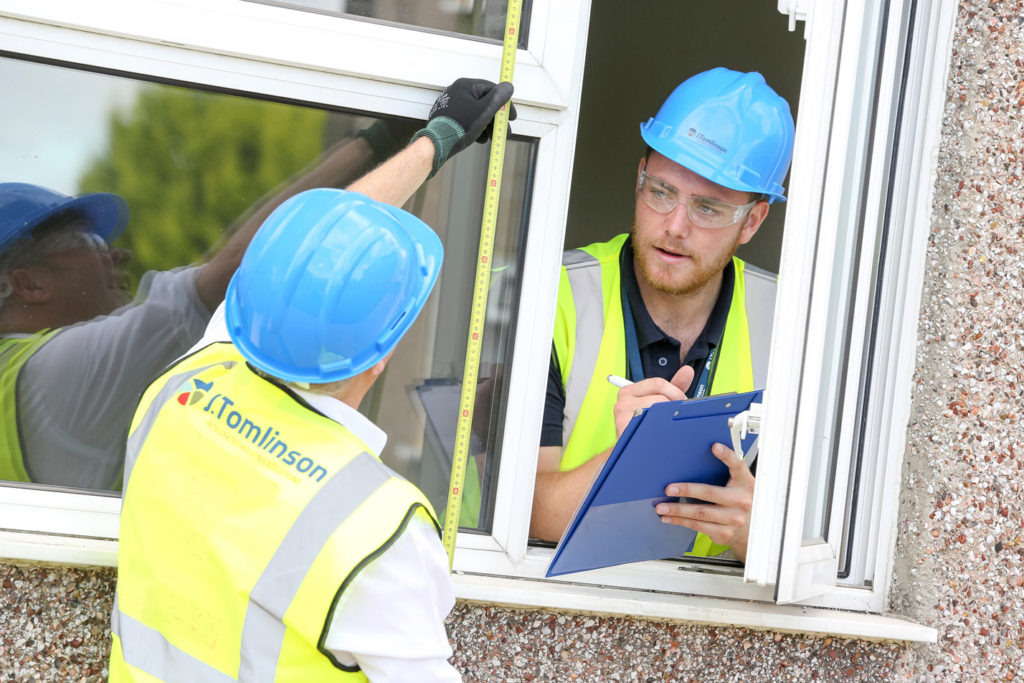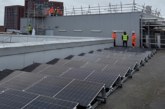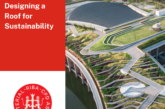 With the 2050 net carbon deadline upon us, J Tomlinson’s Managing Director, Ant Newton, discusses why housing providers and social landlords are adopting a ‘fabric first’ approach to their retrofit projects.
With the 2050 net carbon deadline upon us, J Tomlinson’s Managing Director, Ant Newton, discusses why housing providers and social landlords are adopting a ‘fabric first’ approach to their retrofit projects.
The UK’s looming 2050 net zero carbon deadline combined with a recent influx of funding schemes has greatly accelerated the adoption of low carbon technologies in both new-build and retrofit projects. Whilst it’s encouraging to see the undeniable commitment across the housing industry to building a low carbon future and tackling fuel poverty, retrofitting an existing property requires more consideration than many organisations would initially anticipate.
Low EPC ratings across domestic properties — a widespread issue
Statistics published by the Ministry of Housing, Communities and Local Government in May revealed that more than half of existing domestic properties in England surveyed had an energy efficiency rating (EER) below C.
As of the 1st April last year, domestic Minimum Energy Efficiency Standard (MEES) regulations stipulated that landlords can no longer let or continue to let properties that have an EPC rating below E. Landlords who are caught out can face exemption and/or heavy financial penalties – and that’s on top of reputational damage and loss of income as a result of having an unlettable property.
Putting a hairdryer into a sieve…?
Before organisations begin looking into the wide range of low carbon and renewable technologies on the market — all the way from solar PV to heat pumps — it is important they ensure that the fabric of their existing buildings are sufficiently thermally efficient to accommodate and optimise the efficiency of these new technologies.
Working with over 25,000 Registered Providers, we’ve seen plenty of successful retrofit schemes completed, yielding noticeable benefits to residents in the areas of reducing fuel bills and energy consumption, and creating more comfortable living areas. On the other hand, organisations who haven’t taken the existing fabric of a building into consideration when adding new technologies designed to improve efficient ratings can find themselves investing significantly into works that ultimately do not yield any noticeable benefits or enhance a property’s existing EPC rating.
With domestic heating accounting for roughly 14% of UK carbon emissions, many of our clients are changing their approach to retrofitting their assets, embracing a fabric-first mindset that prioritises careful consideration and assessment of a building’s envelope and the physical elements that separate the indoor and outdoor environments and directly affect comfort levels. These include frames, structure, as well as walling, flooring and roofing — all of which must be sufficiently insulated to provide a sound foundation and retain heat ahead of any future technological efficiency upgrades.
 Danny Wyer, Head of Asset Management at Jigsaw Homes Group, recently described it perfectly: “Applying retrofit heating solutions to a property that already suffers from poor insulation would be like putting a hairdryer into a sieve and expecting all the heat to stay inside.”
Danny Wyer, Head of Asset Management at Jigsaw Homes Group, recently described it perfectly: “Applying retrofit heating solutions to a property that already suffers from poor insulation would be like putting a hairdryer into a sieve and expecting all the heat to stay inside.”
J Tomlinson has recently been appointed by Jigsaw Group to undertake energy improvement works to properties across the client’s housing stock.
Procured via the EEM Property Improvements Works framework, the four-year contract will see us conducting detailed surveys of properties across East Midlands and North West England, and then working with Jigsaw Group to undertake enhancements to help raise each property to a decent standard of sustainability. Works will range from wall and loft insulation to installation of LED lighting, new windows and doors, renewable technologies including air source heat pumps (ASHPs) and solar PV, as well as any other required improvements.
As well as helping to support Jigsaw Group’s ‘Be Zero’ Sustainability Strategy, the works will yield numerous benefits to residents, with the main ones associated with retrofit improvements being enhanced comfort levels, promoting affordable warmth, and improved environmental credentials.
Reducing carbon emissions: helping housing providers see the wood for the trees
At J Tomlinson, we work with many environmentally-conscious housing providers who want to reduce their carbon emissions and environmental impact, but they’re not always quite sure what steps they need to take to get there, or where to access best advice or funding opportunities. And quite understandably, too — there’s so much information flying around that it can be a challenge to see the wood for the trees (so to speak!).
From auditing and consultancy to installation and ongoing support, we work with like-minded organisations to help them identify low carbon opportunities and future-proof their assets, meeting sustainability targets and significantly reducing maintenance costs.
In addition, we are members of several key industry-leading frameworks dedicated to helping clients access low carbon building solutions via cost-efficient route whilst avoiding lengthy procurement processes.
For more information, please visit www.jtomlinson.co.uk/low-carbon-services.
References
https://www.gov.uk/guidance/domestic-private-rented-property-minimum-energy-efficiency-standard-landlord-guidance
https://es.catapult.org.uk/brochures/decarbonisation-heat/









